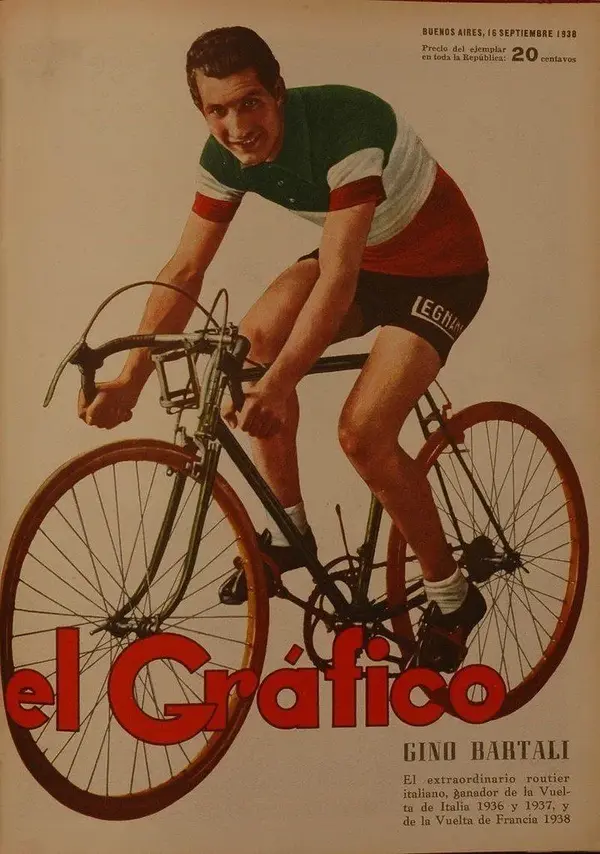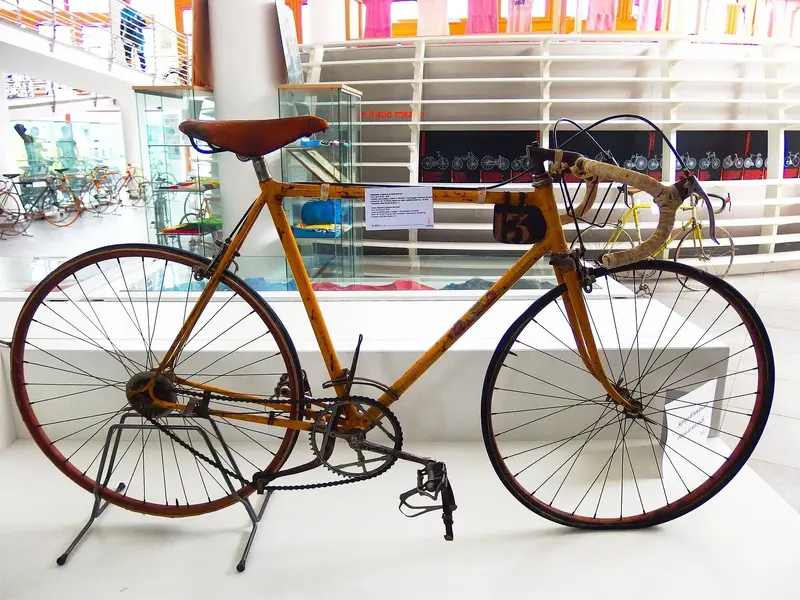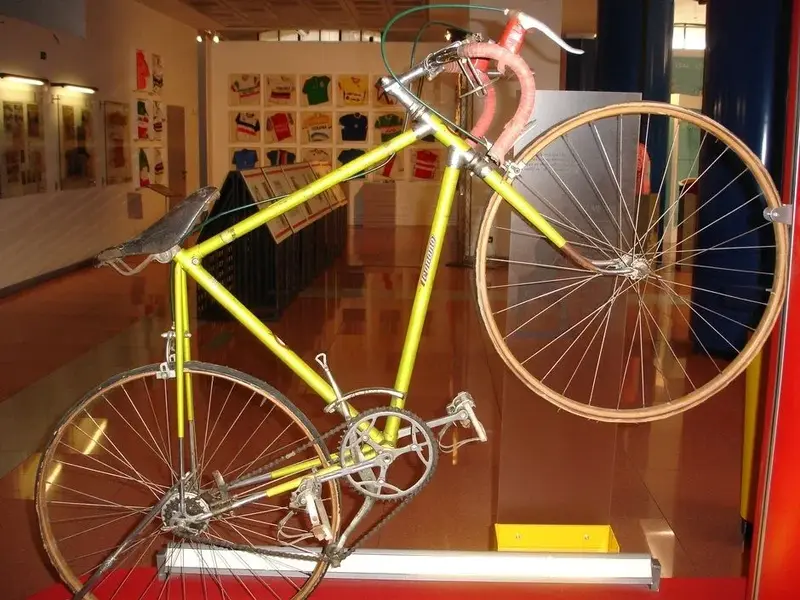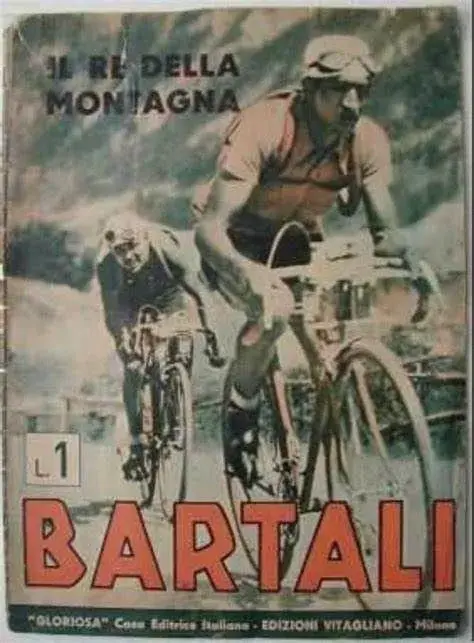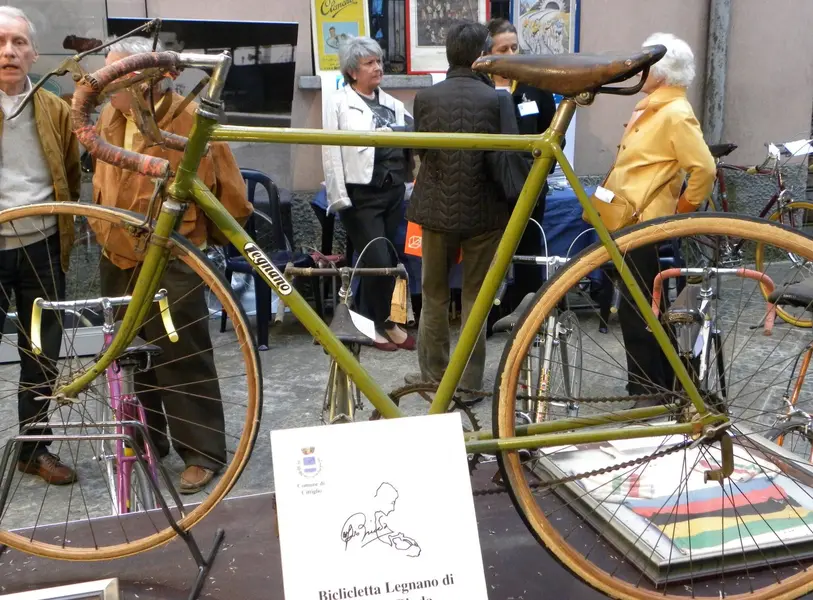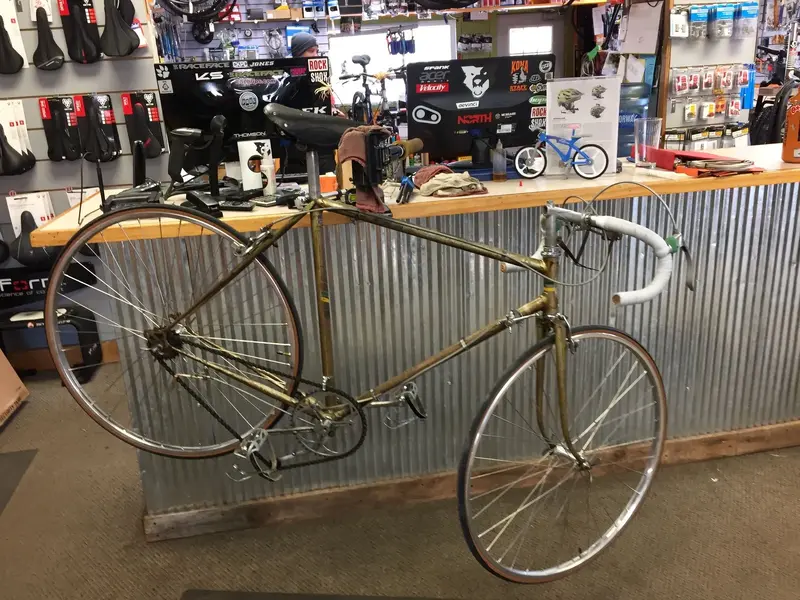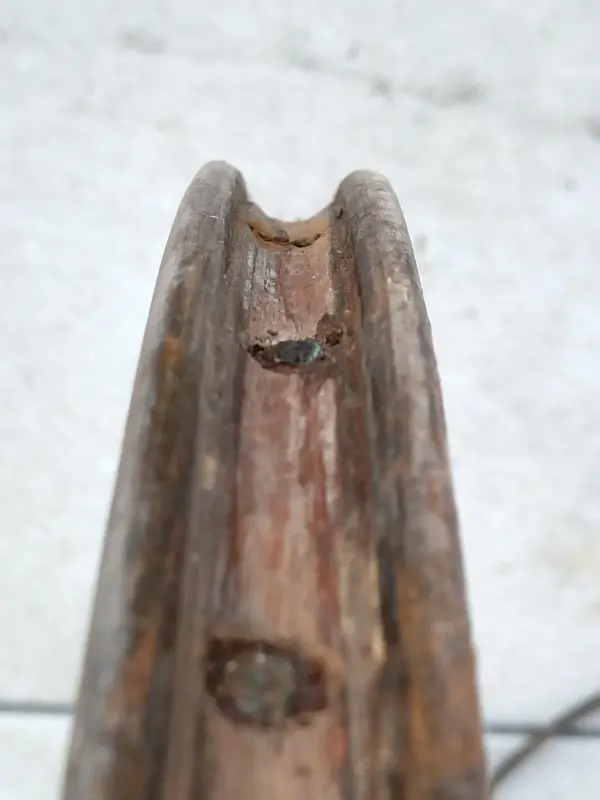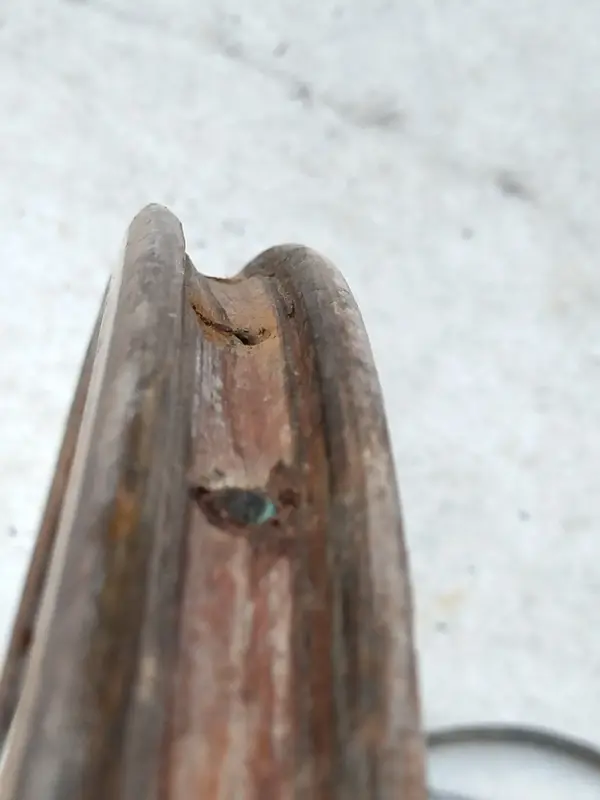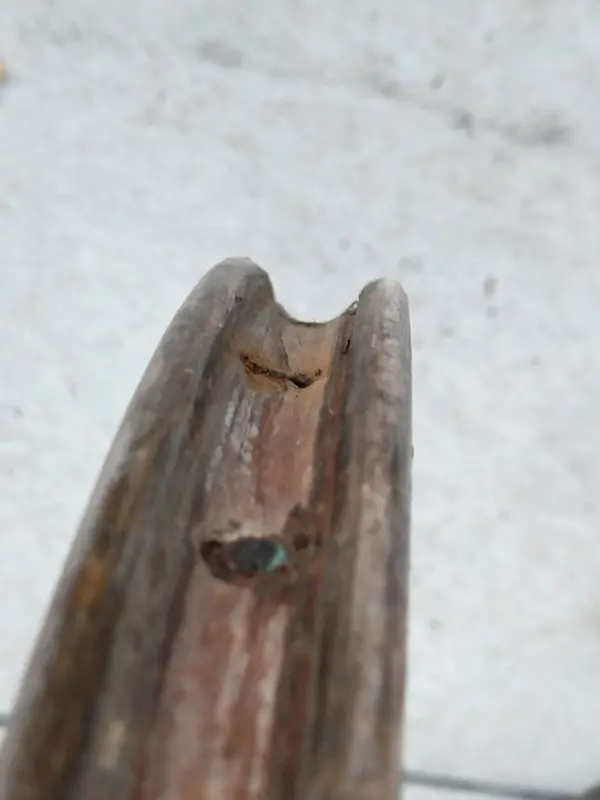jordic1968
Retro Guru
Thanks for the feedback . I've googled a little bit for Roger Lapébie (TDF '37 winner), Bartali (TDF '38 winner) and Coppi and the rim width does not worry me. It looks even better in my frame as it has a lot of clearance. Looking at some pics they could use these wide rims and fat tires too back in 1937 or 1938. I've just realized mines are for clinchers, not tubulars, maybe that's why they look deeper. I guess riders at that time would prefer tubulars they laced on their torso.
With a lot of time, effort and money, I see myself capable to restore them, but still thinking if these are the right ones. I will need to get new hubs and freewheel, lace them again with new spokes,... but on the other side it's not so easy to find 1930's rims or wheelsets ...

With a lot of time, effort and money, I see myself capable to restore them, but still thinking if these are the right ones. I will need to get new hubs and freewheel, lace them again with new spokes,... but on the other side it's not so easy to find 1930's rims or wheelsets ...
